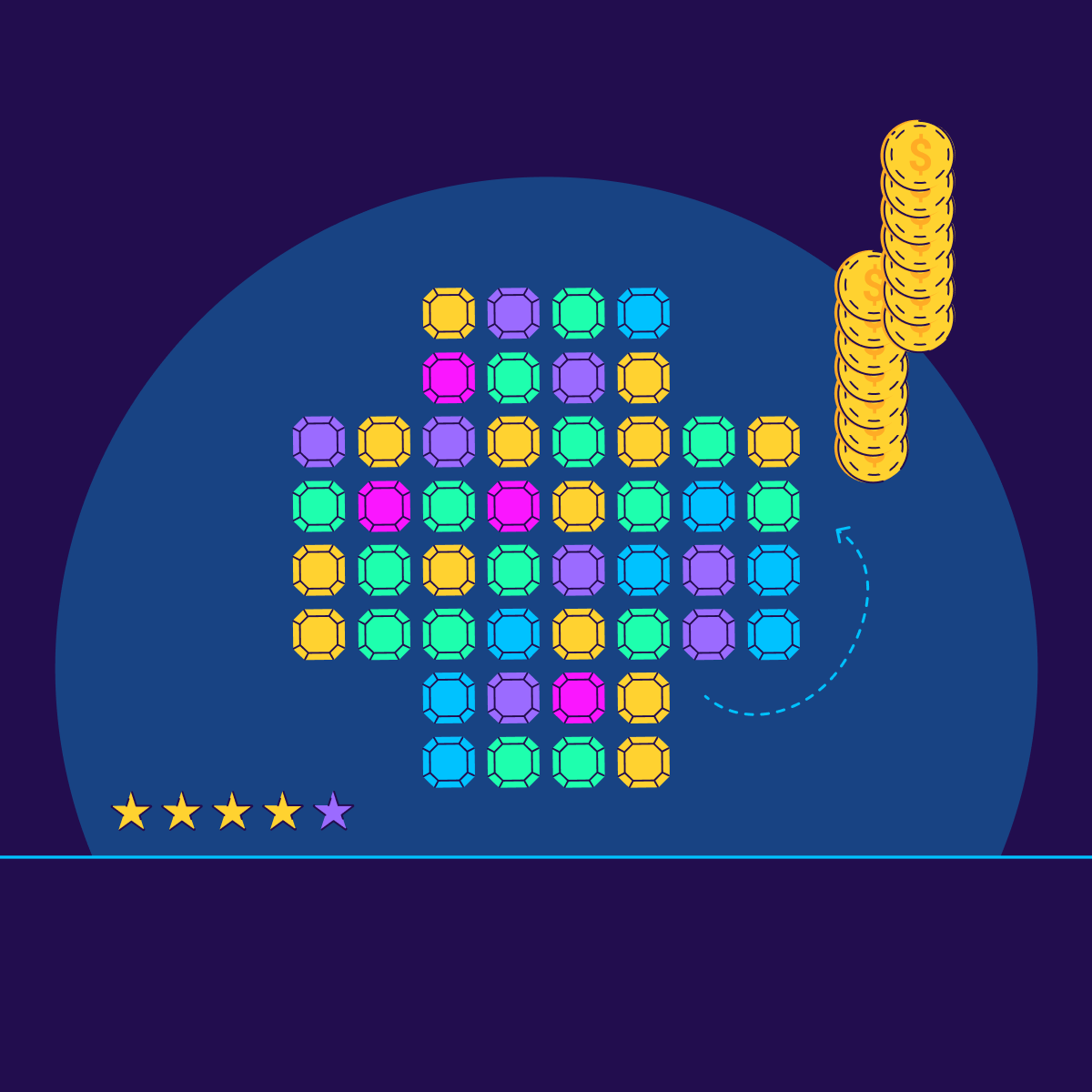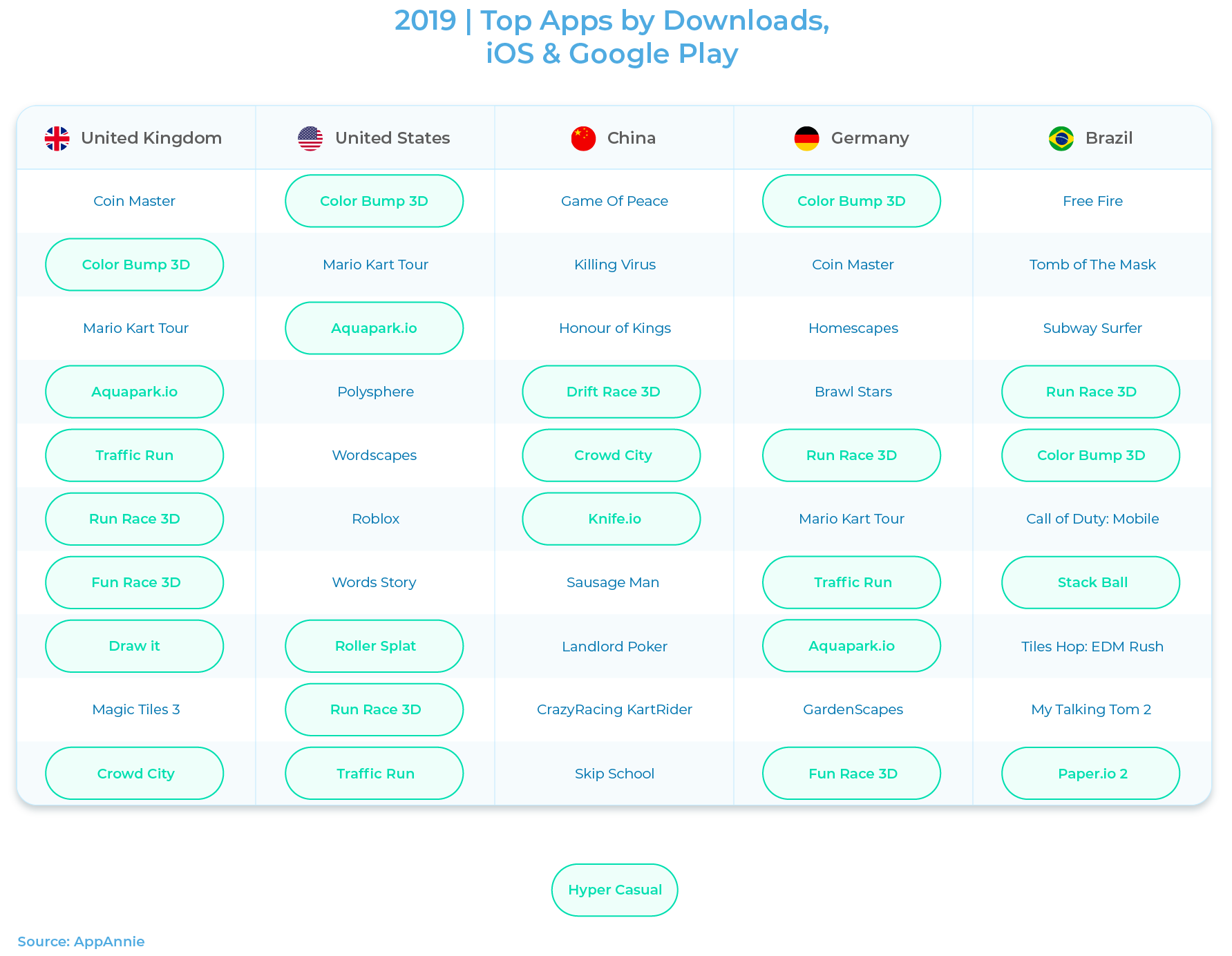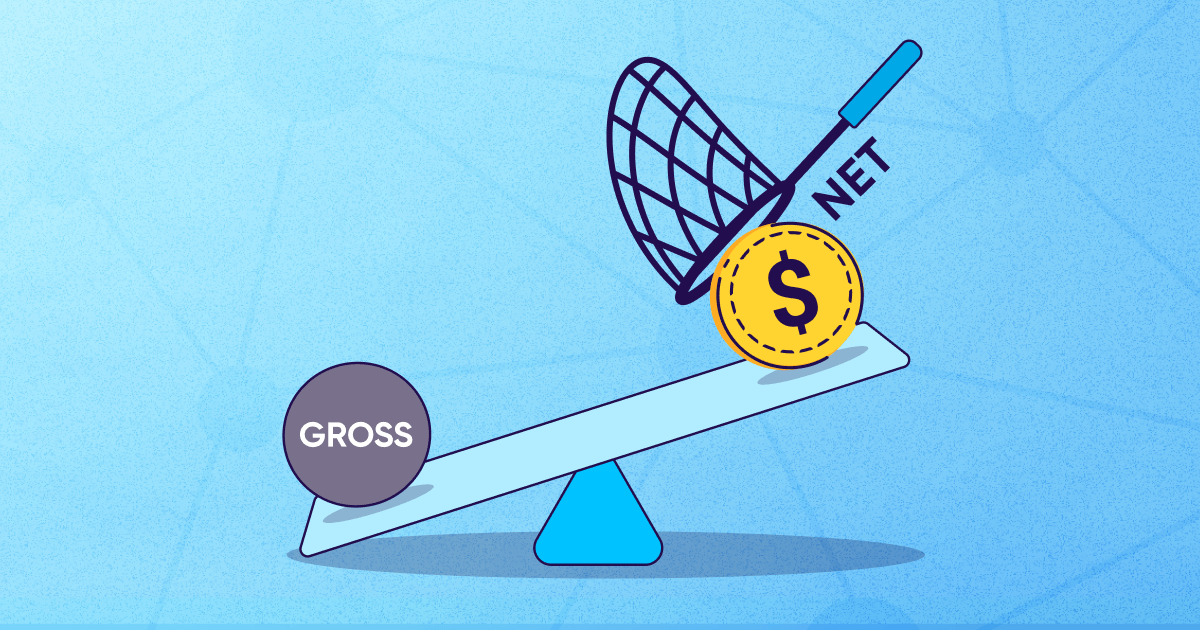
How hyper-casual apps are changing the way games monetize

In the early days of mobile gaming, a common notion was that gamers spent hours focused intensely on one or two video games, building their way through complex game flows and strategies to reach the ultimate achievements.
As such, most game developers invested much of their resources into building the most engaging content. Under this approach, they focused on monetizing highly engaged users spending money in-app rather than generating revenue by users viewing and engaging with ads.
Generally, since the number of relevant gamers was much lower than it is today, the average revenue per user (ARPU) had to be high enough to justify the investment. The reality was that, while some experienced massive success, most developers failed to generate sufficient revenue.
‘Keep it simple’, with ads
Given that only a fraction of users ended up making an in-app purchase, in-app advertising (IAA) – rewarded video, in particular – was introduced into games and became a significant revenue stream. Ad revenue monetization proved itself as a legitimate business model in the game economy.
On top of that, more and more developers began changing their perception about their games’ content: why invest so many resources into building a technically robust game whose chances of success in such a competitive landscape were not great, to say the least?
Instead, they could spend a mere few weeks, or even days, on creating, testing, and launching one game after another, while relying solely on ads to drive revenue instead of developing complex in-game mechanics that support IAPs.
Indeed, hyper-casual games emerged and took the ecosystem by storm.
These simple, lightweight games are relevant for the masses, as users could quickly start and stop a session at any time; no strings attached, and no money spent. They attracted both gamers from other genres and users that weren’t exposed to games at all.
The top charts speak for themselves:

The hyper-casual impact on mobile gaming
The rise of Hyper Casual and ad monetization as a massive money generator has led to three interesting trends in the gaming ecosystem:
The future of gaming categorization
As developers from different genres increase their share of ads in their revenue mix, the line that defines each category becomes blurred, making the current app store categorization increasingly inaccurate.
Take hyper-casual: the term and genre surfaced as early as 2016 (including this one by Johannes Heinze from March 2017). Fast forward 3 years and the hottest genre in gaming with such a significant impact on monetization as we see it today, has yet to become an official category in the app stores…
Instead of the current app store categorization, it is likely that gaming apps will be divided by the game loop itself, comparing similar features, game mechanics and monetization methods, while moving away from high-level categories such as Puzzle or Strategy. Games will then be defined on a case-by-case basis, creating more granular categories such as ‘Hidden Object’ and ‘Tower Defense’.
With the rise of IAA and blended revenue streams, it is only logical that monetization becomes a major factor in game categorization.
As a developer, you’ll have a far more granular view of your competitors, relevant audiences to target, and the benchmarks you should pursue to guide your UA and re-engagement efforts. Additionally, it can help you make key decisions about the right monetization mix and overall strategy, and even inform feature development.
Companies introducing this new form of categorization are already out there, while savvy ad networks have also begun to incorporate it into their standard operations – a move that is likely to prove itself as a significant boost to their user acquisition offering.
As the mobile gaming industry evolves, developers continuously seek new ways to grow their business. And while one can be a pioneer in a given field, its success will be copied and further spread by others.
As a result, companies who will broadly challenge the standard app store categorization first, will put themselves in a better position to become market leaders.
In summary
The rise of hyper-casual games has changed the perception of many mobile gaming developers, opening up new methods to acquire users and drive incremental revenue.
It has also significantly increased the number of both players and apps, taking mobile gaming to new heights as the driving force in the success of the app economy.




